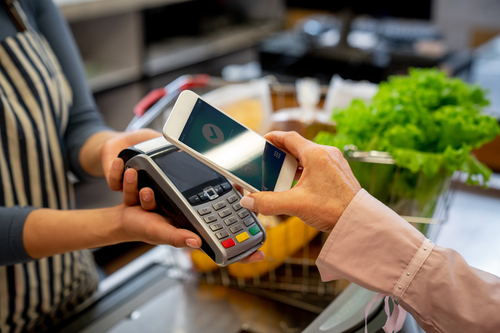95 % des Français sont prêts à régler leurs achats avec un nouveau mode de paiement
L’arrivée de nouveaux acteurs sur le marché bancaire a permis aux consommateurs de profiter de produits et services innovants, correspondants à leurs besoins, dont font partie les solutions de paiement. Selon une étude de l’institut CSA publiée le 29 janvier 2020, 5 nouveaux moyens de paiement sont connus par au moins 3 Français sur 4 et 95 % des sondés se disent prêts à utiliser l’une de ces solutions de paiement pour régler leurs achats. Il s’agit notamment de la carte de paiement sans contact (96 %), du paiement e-commerce (92 %), du paiement sans contact avec un téléphone mobile (90 %), des cagnottes en ligne (83 %) et des crypto-monnaies (74 %). Le paiement via un QR code, le transfert d’argent entre particuliers et le paiement par réseaux sociaux sont toutefois moins connus.
Il ressort également de cette étude que près d’un Français sur 5 est prêt à régler ses achats avec des crypto-monnaies. 80 % des Français qui utilisent déjà les crypto-monnaies estiment qu’il s’agit d’une solution sécurisée. Il semblerait donc que les monnaies virtuelles soient de moins en moins considérées comme un outil de spéculation ou un phénomène de mode mais davantage comme un moyen de paiement. Cependant, les utilisateurs ont encore besoin d’être informés et rassurés pour pouvoir faire entièrement confiance à ces nouveaux produits.
Les banques face à l’essor des nouveaux moyens de paiement
Ce sont aujourd’hui les clients qui imposent les nouveaux usages et non plus les banques de détail. Face à l’arrivée de nouveaux acteurs, à savoir les néobanques, et à l’évolution des attentes des utilisateurs, les banques traditionnelles doivent développer de nouvelles expertises.
Alors que certaines Fintech comme Linxo veulent imposer leurs propres moyens de paiement, les banques tentent elles aussi d’innover. Plusieurs acteurs testent par exemple une carte bancaire sans contact à authentification par empreinte digitale. Après la Société Générale, le Crédit Agricole a été la deuxième banque à se lancer dans ce projet en France. Les futurs détenteurs de ces cartes bancaires pourront ainsi effectuer des paiements sans contact ni limite de montant en apposant leur doigt sur le capteur de la carte.
Parallèlement à ces innovations, le cash tend à disparaître. En effet, désormais, une occurrence de paiement sur deux est effectuée par carte bancaire. Quant au chèque, il est de moins en moins utilisé mais représente encore 10 % des paiements. Cette tendance est aussi liée au développement des solutions de paiement mobile qui gagnent progressivement du terrain.
